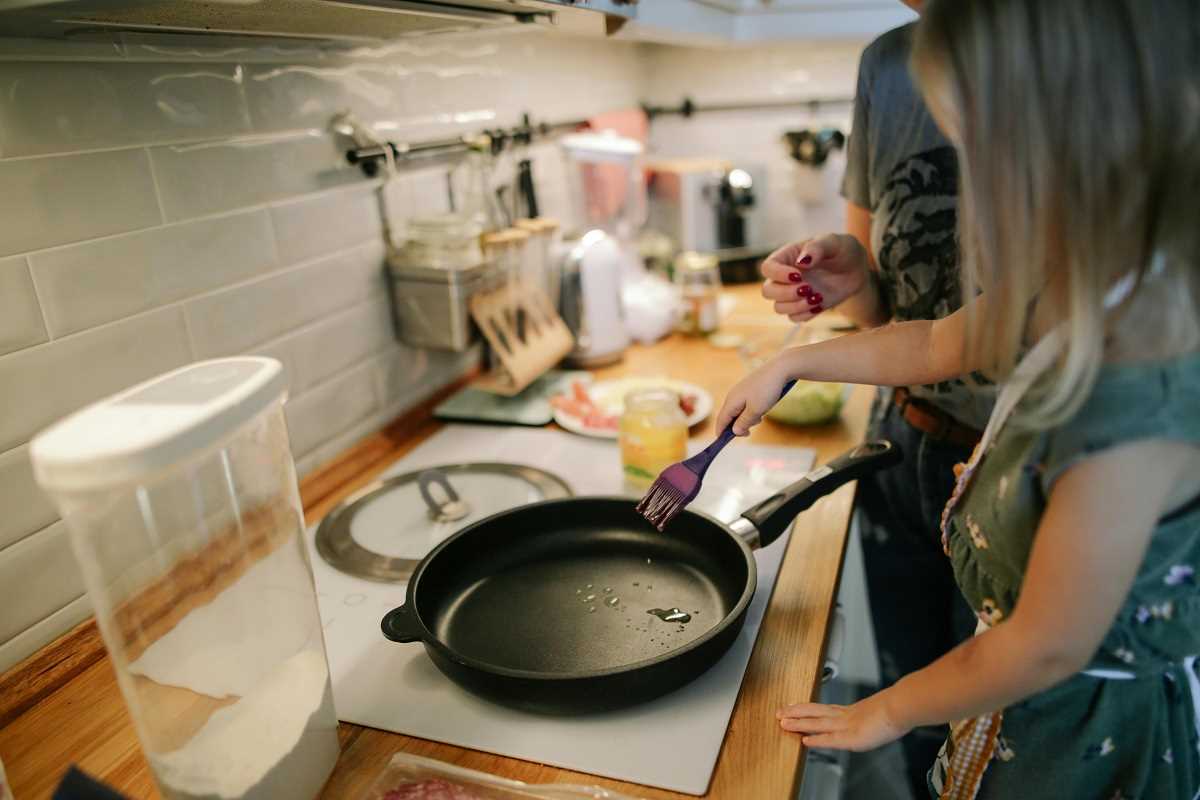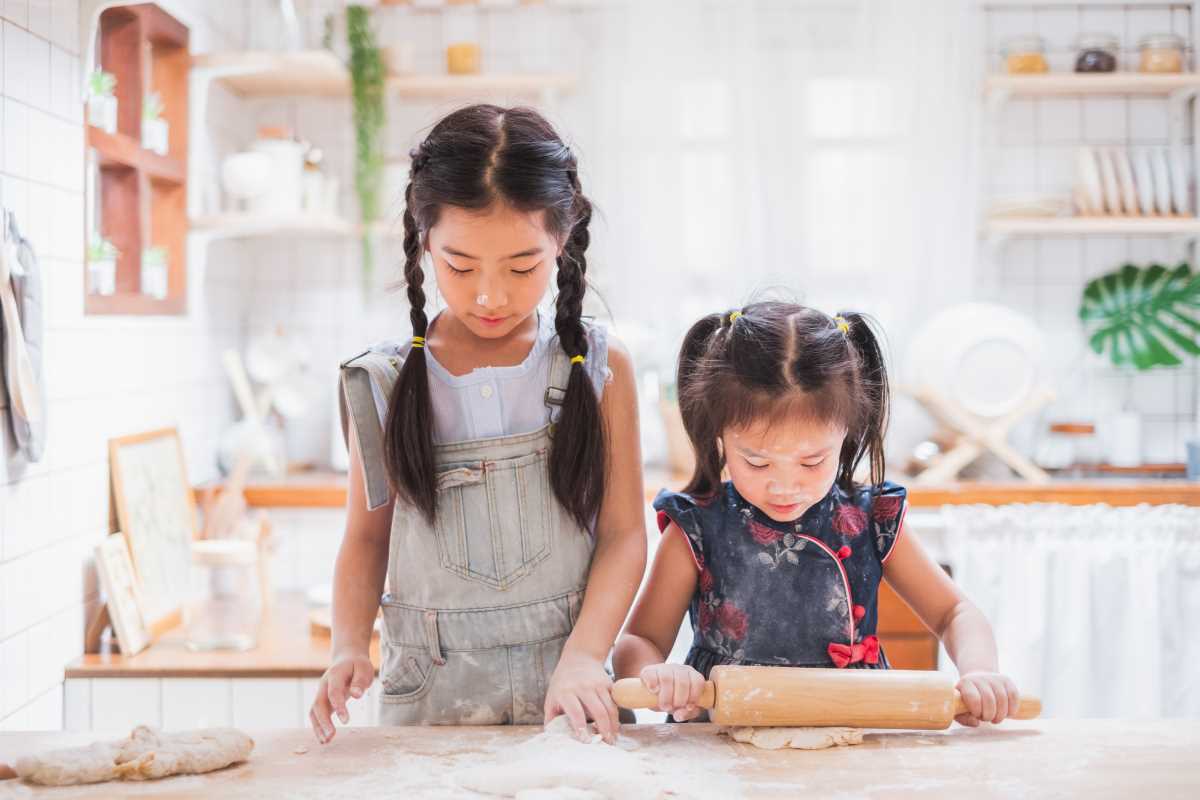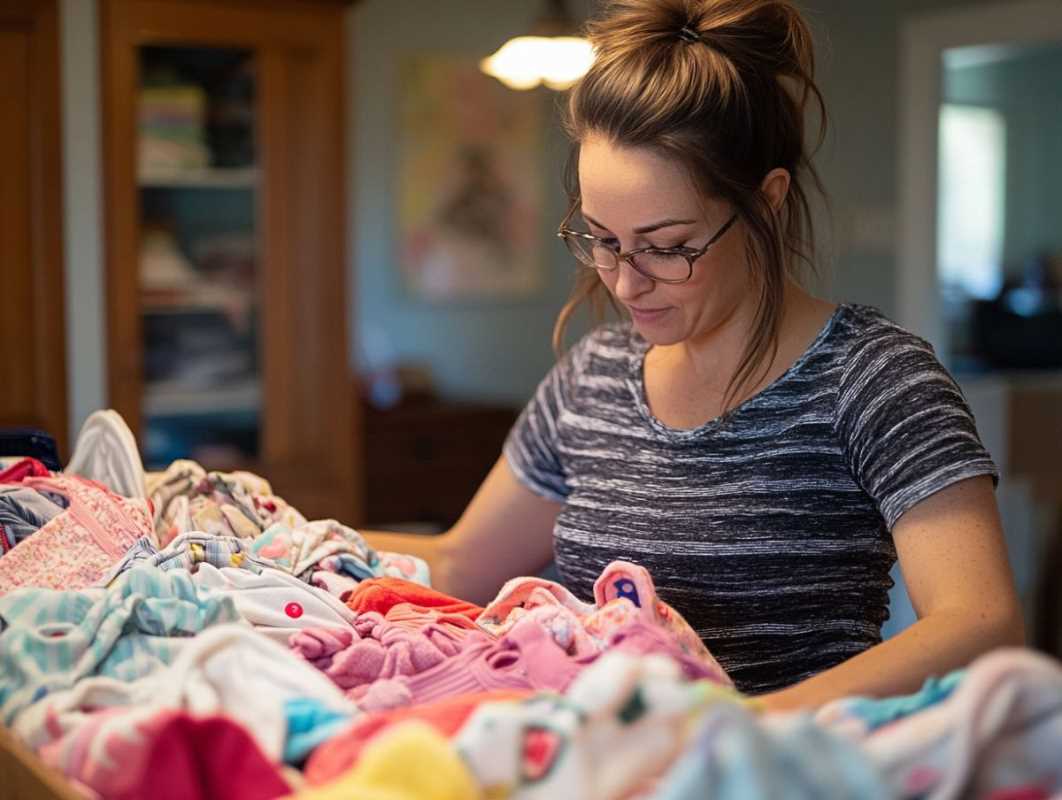Getting kids involved in the kitchen is an exciting milestone—both for them and for you. It’s not just about lifting some of the mealtime load (though that’s certainly a win); it’s about teaching them independence, creativity, and vital life skills they’ll carry into adulthood. But how do you know when it’s the right time to start and what’s appropriate for them to make based on their age?
We’ve broken it down for you by age group with ideas on what they can handle, safety tips, and just how much freedom you can reasonably give them. Whether it’s preparing snacks or mastering the stovetop, encouraging your mini chef is simpler (and more rewarding) than you might think.
Ages 3–5: The Curious Helpers
At this stage, kids are naturally curious about what happens in the kitchen. While they probably aren’t slicing and dicing just yet, this is the perfect time to introduce them to food prep through simple, safe tasks.
What They Can Make:
- Snack Assembly: Start with zero-prep snacks. Think trail mix (they can toss ingredients together) or spread peanut butter on crackers. You can also have them arrange items like chopped fruit or veggies on a plate.
- Washing and Tearing: Give them a chance to wash fruits and veggies or tear lettuce leaves for a salad.
How to Make It Safe and Fun:
- Invest in kid-safe utensils like plastic knives for cutting softer foods, such as bananas or strawberries.
- Use step stools or a toddler tower to ensure they’re at counter height with stability.
- Keep tasks short and engaging—they’ll love feeling involved.
Make It Easier:
- Organize Your Pantry: Keep kid-friendly items like crackers, peanut butter, or dried fruit on lower shelves so they can grab what they need.
- Pre-Chop Ingredients: Having bite-sized fruits or veggies ready to go means less prep for you and more independent assembly for them.
Benefits at This Age:
This is all about building confidence. By involving them in basic tasks, kids begin to see cooking as exciting and fun rather than overwhelming.
Ages 6–8: Getting Hands-On
This age group has better motor skills and more focus, making it the perfect time to introduce them to slightly more involved activities. It’s also a great opportunity to start talking about basic safety principles.
What They Can Make:
- Easy Snacks: Think yogurt parfaits (layering yogurt, fruit, and granola), sandwiches, or microwave popcorn.
- Measuring and Mixing: They can measure ingredients for baking or help stir batter. Pancakes or scrambled eggs (with stovetop supervision) are fun foods for practice.
Safety Tips:
- Teach them to always use oven mitts, be cautious around hot burners, and handle pots carefully.
- Begin introducing them to kid-friendly equipment, such as non-slip cutting boards or utensils with rounded edges.
Make It Easier:
- Color-Code Tools: Use color-coded cutting boards or knives so your kids know which tools to use for specific tasks. For example, a green knife for veggies or a red board for slicing fruits.
- Set Up a Kid-Friendly Workstation: Dedicate a section of your kitchen just for your little chef. Stock it with their utensils, mixing bowls, and other essentials so they always know where to find what they need.
Why It’s Great:
Cooking is not only creating food—it’s sneaky math and science practice! Measuring cups and timing the microwave build essential skills while keeping your child engaged.
Ages 9–11: Mini Chefs in the Making
At this age, kids are ready to tackle more complex tasks and can take greater responsibility in the kitchen. They may even thrive with a bit of independence (under your watchful eye, of course).
What They Can Make:
- Hot Stove Items: Supervised stovetop cooking becomes fair game. Start with simple dishes like scrambled eggs, grilled cheese, or pasta.
- Homemade Snacks: Encourage them to explore recipes for things like smoothies, quesadillas, or even guacamole.
- Baking Basics: Measuring ingredients, cracking eggs, and using an electric mixer? They’ve got this. Cookies and brownies are always a hit.
How to Keep It Safe:
- Teach knife skills using proper technique and increase their use of sharper utensils as they become more confident.
- Introduce stovetop safety, like using the correct burner size and turning pot handles to the side. Always supervise until they’re comfortable and consistent with safety.
- Consider providing tools with built-in safety features, like the Tovla Jr. Cooking Set or Pulcher utensils with kid-safe edges.
Make It Easier:
- Keep Essentials Within Reach: Adjust pantry organization so staples like flour, sugar, or pasta are on lower shelves. This lets them prep more independently without climbing or asking for help.
- Label Containers: Use clear labels or pictures on storage bins for things like spices or dry goods. It’s a simple way to help them find what they need without creating kitchen chaos.
A Little Freedom Goes a Long Way:
Giving kids the freedom to take charge of simple meals or bake treats boosts their self-esteem. They take pride in showing off a finished dish they made all by themselves.
Ages 12+ : Full Kitchen Access
Older kids are ready to move into full-on culinary mode. By this point, they’ll have developed enough confidence and skills to be hands-on with meal prep. You’ll be amazed at how much they can do when you step back a bit—but not too far, as guidance is still required.
What They Can Make:
- Breakfast Champs: Pancakes, omelets, and bacon? They can handle it!
- Family Dinners: Pizza, tacos, or even simple casseroles can become their forte.
- Snacks and Lunches: They’ll feel proud making grab-and-go healthy snacks, sandwiches, or wraps on their own.
Focus on Independence:
At this stage, you can start showing them how to plan meals, choose ingredients, and execute recipes with minimal input from you. It’s all about empowering them to feel comfortable in the kitchen.
Staying Safe:
- Keep coaching them on things like handling knives and dealing with hot oil or boiling water.
- Discuss food hygiene, such as properly cleaning raw meat surfaces or washing hands during prep.
Make It Easier:
- Plan Ahead: Keep meal prep ideas simple. A small chalkboard in the kitchen can list options they can make that week.
- Batch Prep Together: Chop vegetables or pre-cook proteins together so they can easily assemble meals like stir-fry or pasta when they’re on their own.
The reward? A budding home chef who can even take over the occasional family meal!
Tips for Making Cooking Safe and Enjoyable
Cooking with kids of any age requires some planning. Here’s how you can make the process easier and safer:
- Start Small: Begin with single-step tasks for younger kids and work your way up to more complex recipes as they grow.
- Use Kid-Friendly Tools: Tools designed for little hands—like a mini rolling pin or a nylon knife set—make prep work safer and more approachable. Products like the Carolart Kitchen Tools are packed with fun, kid-safe accessories.
- Create a Dedicated Workspace: Dedicate an area that's organized and clutter-free. This can help minimize stress and hazards during cooking.
- Organize Your Pantry: Place commonly used items like snacks or prep tools within easy reach. This reduces the need for kids to grab stools or risk climbing for ingredients.
- Establish Safety Rules:
- Some basics to remember include:
- Never touch a hot stove without permission.
- Wash hands before and after handling food.
- Knife blades always point away from yourself.
- Some basics to remember include:
- Be Patient: Mistakes will happen—that’s all part of the learning process. Celebrate effort, not perfection, and watch their confidence grow.
- Plan Cooking Challenges: Turn cooking into a little friendly fun! Try blindfolded taste tests, recipe “competitions,” or themed cooking nights to make the experience more engaging.
- Praise Their Efforts: Kids love recognition. Even if their scrambled eggs turn out a little “crispy,” your enthusiasm will keep their interest alive.
Teaching your kids to cook will build their independence, teach them life skills, and create a healthy relationship with food. Cooking together is a chance to laugh, experiment, make a mess, and make memories in your home.
Start small, build their confidence, and soon enough, you’ll have kids serving meals with the pride of a five-star chef.
 (Image via
(Image via





